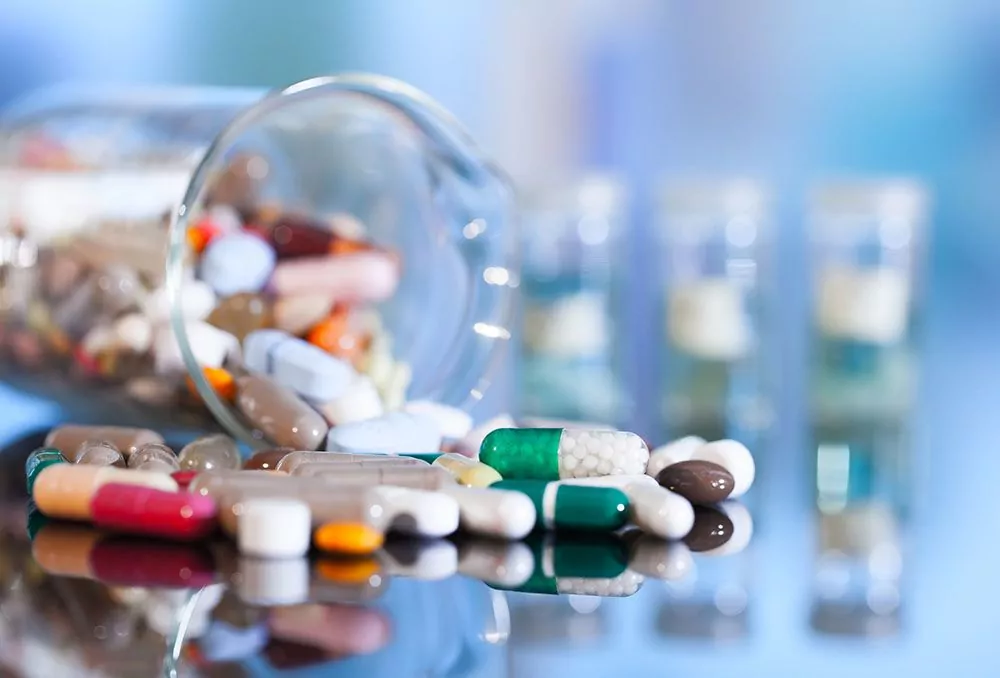EMA – Review of Fluroquinolone Antibiotics
Fluroqiunolones are a class of broad-spectrum antibiotics which include the active substances ciprofloxaxacin, levofloxacin, ofloxacin and moxifloxacin. This class of antibiotics were first discovered in the 1960’s but it was not until the development of second-generation fluroquinolones, including the compounds listed above, that they became widely used for a range of Gram-negative and Gram-positive bacterial infections1.
However, the European Medicines Agency’s (EMA) Pharmacovigilance Risk Assessment Committee (PRAC) recently conducted a review of fluroquinolone antibiotics (administered by mouth, injection or inhalation) which resulted in updated advice to healthcare professionals on the use of these antibiotics. The PRAC review included a public hearing on the topic where patient experiences of these medicines were heard, as well as a review of spontaneous reports and scientific literature.
The outcome of the review, published in October 2018 by the EMA, was as follows:
- Fluoroquinolones are associated with prolonged (months-years) serious, disabling and potentially irreversible adverse reactions.
- The use of fluoroquinolones has been restricted, which means that they should not be used:
- To treat mild or self-limiting conditions (e.g. pharyngitis, acute bronchitis),
- To treat non-bacterial infections,
- To prevent traveller’s diarrhoea or to prevent recurring lower urinary tract infections,
- To treat mild or moderate bacterial infections unless other antibiotics commonly recommended for these infections are contraindicated.
- For patients with a serious infection (e.g. broncho-pulmonary infections in cystic fibrosis and complicated urinary tract infections) that is susceptible to treatment with these antibiotics, fluoroquinolones remain an important treatment choice.
- Fluoroquinolones should not be used to treat patients who have previously experienced serious adverse reactions while taking a fluoroquinolone.
- Fluoroquinolones should be used with caution in older patients, patients with renal impairment, patients with solid organ transplants and those treated concomitantly with corticosteroids, as the risk of some adverse reactions (tendonitis and tendon rupture) is increased in these patients.
- Patients should be informed of the risks associated with fluoroquinolones prior to initiating treatment.
- Fluoroquinolone treatment should be discontinued and alternative treatment should be considered at the first sign of tendonitis (e.g. painful swelling, inflammation).
- The product information (Summary of Product Characteristics (SmPC) and Package Leaflet (PL)) for all fluoroquinolone antibiotics will be updated to reflect these recommendations following the issuance of a European Commission Decision (expected early 2019).
- Following the European Commission Decision in early 2019, a Direct Healthcare Professional Communication (DHPC) will be circulated to healthcare professionals by the Marketing Authorisation Holders (the companies that hold the licenses for these medicines), after approval by the HPRA.
To read the HPRA Guidance on the topic in full, including advice to healthcare professionals, visit the HPRA website at the link below:
Fluroquinolones have also been associated with a risk of aortic aneurysm and dissection following systemic and pulmonary administration therefore a careful benefit-risk assessment should be carried out before fluroquinolones are prescribed to patients, as highlighted by the FDA: https://www.fda.gov/NewsEvents/Newsroom/FDAInBrief/ucm628956.htm
PharmaLex can support your global Pharmacovigilance requirements including Individual Case Safety Report (ICSR), Signaling and Risk Management and contract EU-QPPV / local QPPV services. To discuss the range of services that we offer, please connect with us on +353 1 846 4742 or email us at contactirl@pharmalex.com
References
- Aldred KJ, Kerns RJ, Osheroff N. Mechanism of Quinolone Action and Resistance. Biochemistry. 2014 Mar 18; 53(10): 1565–1574. doi: 10.1021/bi5000564.








